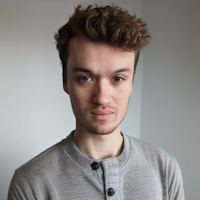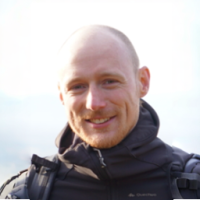Team
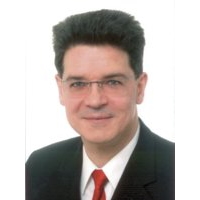
Niels Wessel
Professor for Biostatistics and Epidemiology at MSB
Niels Wessel is a professor for biostatistics at the Medical School Berlin and is affiliated with the department of physics at the Humboldt University Berlin. His research focuses on biomedical data science including nonlinear dynamics and modeling of biosignals.

Hua Qin
Guest Researcher
Hua finished her doctoral study in medicine at Charité-Universitätsmedizin Berlin in 2022. Her research focus is on associations between autonomic functions assessed by heart rate variability and cardiovascular consequences of sleep disorders. She holds certificates for registered polysomnographic technologists.
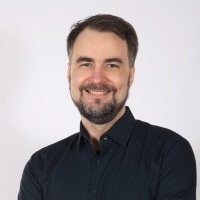
Jan F. Kraemer
Guest Researcher
Jan has a diploma in informatics, and was working for our group for 10 years, developing new methods for analysing ECG data. His work included, among other things, deriving breathing curves from ECG and identifying sleep apneas. Now he is working for AI-SKILLS, but still holds a guest researcher position, helping with study evaluation and supervising student thesises.
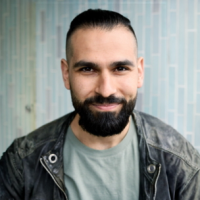
Oruc Kahriman
Master student
After spending some time in the industry, Oruç came back to the Humbolt-University to finish his masters degree in physics. His work involves applying machine learning methods to analyse HRV from raw, unfiltered ECG data. He mainly uses RNN and transformer architectures and tries to emulate past results from studies that used classical methods.
